This client company is a prominent offshore and marine services company with shipyards located in the Asia-Pacific region. Established in 2007, the company offers comprehensive shipbuilding, repair, and conversion solutions, catering to the maritime and offshore industries.
The company was concerned with the conventional way of underwater inspections – divers. Commercial diving is risky business – for both the divers and the companies using divers to inspect their assets.
Divers face strong currents, low visibility, and even sharp debris. Sometimes, things go wrong, and divers can get hurt (or worse).
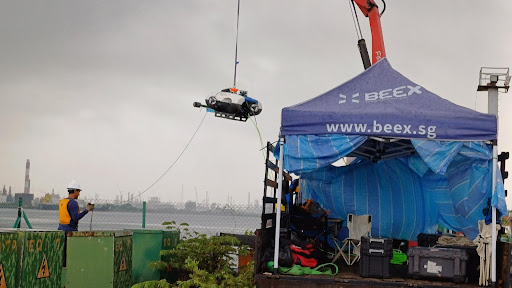
That was one of the reasons the company selected BeeX’s Hovering Autonomous Underwater Vehicle, known as A.IKANBILIS, for safe underwater inspections.
The company found a shipyard as an added site for their work, but there was a complication – this shipyard was dormant for a long time. It was in dire need of maintenance and makeover before it could operate.
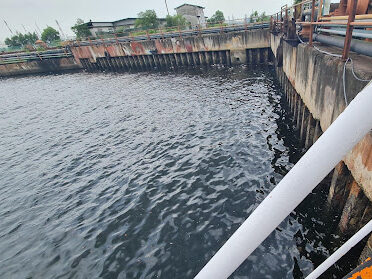
Without overspending, the company needed to figure out what needed fixing in the shipyard. One important thing to fix was the sheet piles. Sheet piles are underwater walls that help docks and quays stay strong against water, waves, and boats.
How would the company know which sheet piles were functional and which needed work? That was where BeeX came in! BeeX would conduct underwater inspections of the sheet piles with visual inspection and thickness measurements. As a result, the company cuts costs by spending on exactly what was needed.
Gone are the days when Ultrasonic Testing (UT) sufficed as the go-to method for assessing ferrous structures and ensuring asset integrity.
The company’s case was an eye-opener.
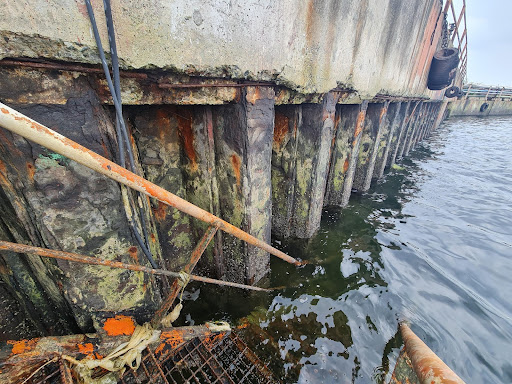
With marine growth thick on the sheet piles and relentless seawater corrosion, UT proved inadequate.
Direct contact is crucial for UT accuracy, but thick marine growth hinders sound waves and corroded surfaces limit wave penetration. Even with marine growth cleaned, the uneven surfaces scatter waves, complicating readings by UT.
Relying solely on UT for these cases risks incomplete, misleading or plainly false inspections.
BeeX boldly integrated a new Pulsed Eddy Current (PEC) sensor to help the company reach their inspection needs.
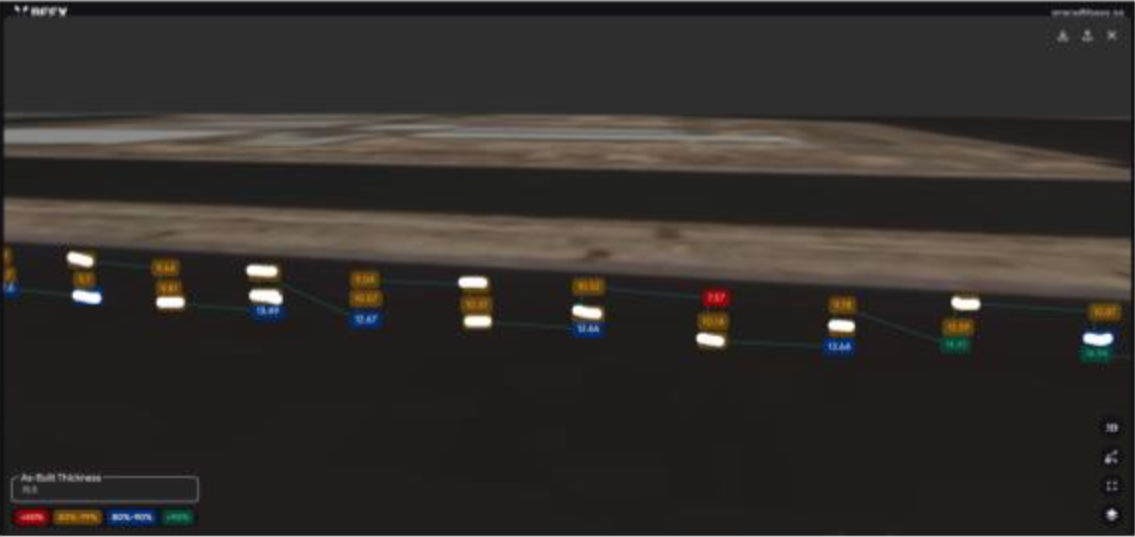
PEC technology offers a better way to check thickness of sheet piles than UT. Unlike UT, PEC pulses penetrate coatings and marine growth. Using PEC eliminates the time, money and labour needed to remove marine growth. Rather than just provide the traditional reporting in excel and PDF, BeeX integrated the PEC readings into our Sambal UI, providing an intuitive, feo-referenced overview of where the sheet piles are thin. While no technology or sensor were one-size-fits-all, the strength of PEC is what the company needed.
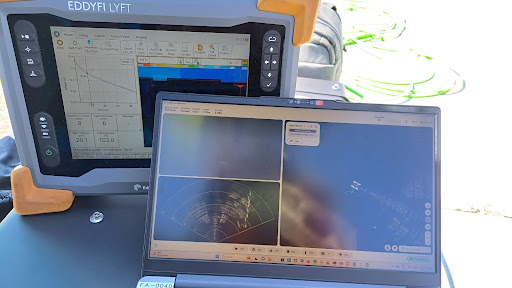
In just 16 full workdays, BeeX completed 2.1km of underwater visual inspection and 576 PEC thickness readings at the shipyard. With BeeX’s quick inspection and reporting, the company could make its shipyard makeover plans without delays while spending less on unnecessary renovation work.